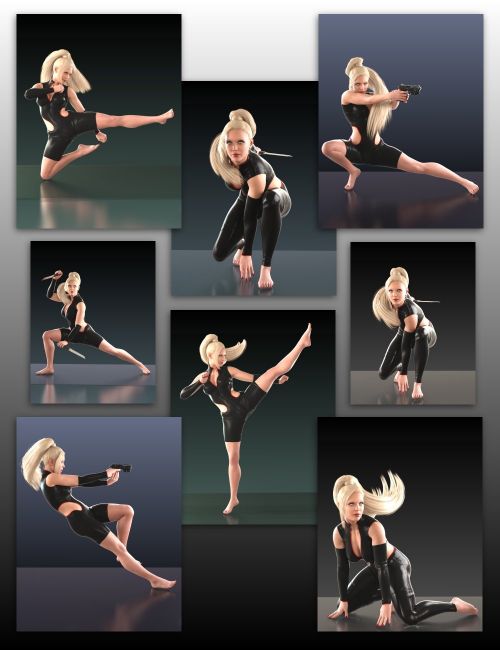Action Poses

Action poses are a fundamental aspect of art, encompassing a wide array of movements and emotions. Whether it’s in illustrations, comic books, animation, or even photography, action poses breathe life into static images, capturing the essence of movement and energy. Mastering action poses requires understanding anatomy, dynamics, and storytelling, enabling artists to convey a sense of action, emotion, and narrative depth. In this guide, we’ll delve into the intricacies of action poses, exploring techniques, tips, and exercises to help artists elevate their skills in portraying dynamic and expressive movements.
Table of Contents
ToggleUnderstanding Anatomy and Dynamics:
To effectively depict action poses, artists must have a solid grasp of anatomy and dynamics. Knowing the structure of the human body and how it moves is essential for creating convincing and fluid poses. Study anatomy books, observe real-life movements, and practice sketching gesture drawings to familiarize yourself with the proportions and articulations of the body.
Pay attention to the line of action, which represents the main movement or direction of the pose. This line serves as the backbone of the pose, guiding the flow of movement and adding rhythm and dynamism to the composition. Experiment with different angles and perspectives to convey the sense of depth and motion in your artwork.
Emphasizing Fluidity and Energy:
Action poses should exude a sense of fluidity and energy, capturing the momentum and intensity of the moment. Focus on creating dynamic poses that convey a sense of weight, balance, and motion. Use foreshortening techniques to enhance depth perception and create a sense of perspective, drawing the viewer’s eye towards the focal point of the action.
Experiment with exaggerated poses to amplify the sense of drama and impact. Push the boundaries of reality to create dynamic compositions that command attention and evoke emotion. Incorporate overlapping shapes, dynamic lines, and expressive gestures to add depth and dimension to your artwork.
Conveying Emotion and Narrative:
Action poses are not just about capturing movement; they’re also about conveying emotion and narrative depth. Think about the character’s personality, motivations, and backstory when crafting action poses. Consider how their body language and facial expressions can communicate their emotions and intentions to the viewer.
Use poses to tell a story, capturing key moments of action and drama that propel the narrative forward. Pay attention to composition and staging, framing the scene in a way that draws the viewer into the action and engages their imagination. Experiment with different camera angles and perspectives to create visual interest and enhance the storytelling aspect of your artwork.
Practical Tips and Exercises:
Practice sketching gesture drawings regularly to improve your ability to capture movement and gesture quickly and accurately. Start with simple, dynamic poses and gradually work your way up to more complex compositions. Focus on capturing the essence of the pose rather than getting caught up in details.
Experiment with different mediums and techniques to find what works best for you. Whether you prefer traditional pen and paper or digital tools, the key is to find a method that allows you to express yourself freely and confidently. Don’t be afraid to make mistakes; learning from your failures is an essential part of the artistic process.
Study the work of master artists and animators to gain inspiration and insights into their techniques. Analyze how they use line, shape, and color to create dynamic and expressive action poses. Incorporate elements of their style into your own artwork while maintaining your unique voice and perspective.
Conclusion:
Mastering action poses is a lifelong journey that requires dedication, practice, and a willingness to push your creative boundaries. By understanding anatomy, dynamics, and storytelling, artists can create dynamic and expressive artwork that captivates and inspires viewers. Experiment with different techniques, study from the masters, and never stop learning and growing as an artist. With patience and persistence, you can master the art of action poses and unlock new levels of creativity and expression in your work.





